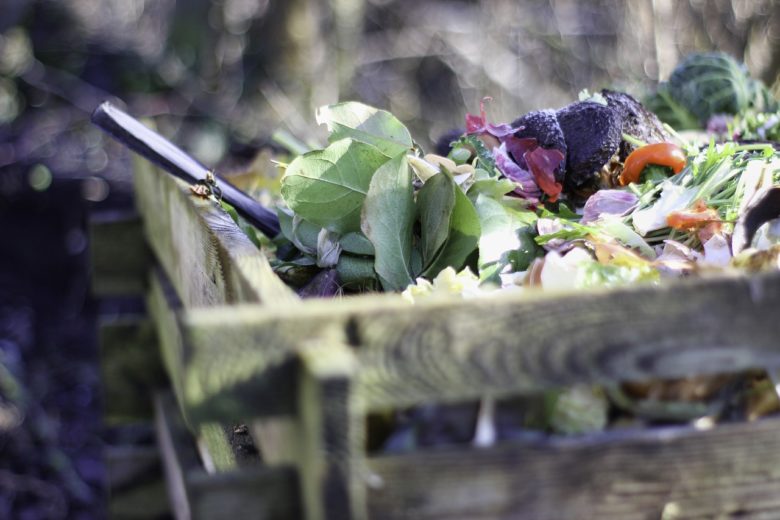
Can Recycling Be Used for Agricultural Waste Management?
We are reader-supported. When you buy through links on our site, we may earn affiliate commission.
Composting has long been a solution for repurposing certain forms of organic agricultural waste. Composting coverts trash into to a usable material, most often fertilizer, which helps increase the yield of future crops.
However, agricultural operations produces more than just organic waste. Chemical debris and contaminants are another concern, as farmers spray pesticides and other treatments to protect crops. Green waste comes from cleared land and exists as old trees, branches, weeds and even hedges. Various plastics and development materials — including concrete — can become waste after a time. Even the ground soil can become useless after multiple harvests deplete the nutrients, which is why crop rotation and rotational grazing are vital practices.
The term agricultural waste refers to any type of garbage generated as a byproduct of farming operations. While some of it is commonly recycled, dealing with it is an ever-growing business. As companies look to minimize their environmental impact and incorporate green, eco-friendly operations, they’ll need more constructive ways to recycle or reuse various waste products.
The alternative is sending them to a landfill or conventional dump area, which is not environmentally friendly in the slightest.
Is recycling truly an appropriate solution for agricultural waste, though? What applications exist, and how do they impact the greater environment?
Increasing Sustainability by Repurposing Waste
By nature, agricultural projects and facilities stand to benefit from high levels of recycling. For starters, landfill taxes have risen considerably in recent years. Not only are traditional dumping and landfill waste measures terrible for the environment, but they also come with some significant fees. Repurposing garbage — instead of dumping it — can also save a lot of money that would otherwise go to transporting and tossing said materials in valid dumping spots.
Reusing certain types around an agricultural property helps lower costs as well. Wood, for example, has a high degree of recyclability and can be used for many different projects. Old pallet wood is great for building furniture and fencing, and can even be used as firewood if it’s not chemically treated.
Food and other organic wastes can be converted into natural fertilizer through composting. Plastics can be sent to recycling centers, which essentially turns them into repurposed supplies for future use. Cornell University’s Recycling Agricultural Plastics Program, for instance, takes in used farm plastics and processes them for future applications.
Limiting Waste Also Helps
Of course, sustainability isn’t just about recycling old goods and waste. It’s also about limiting the production of it. That includes cutting down on excess pollution to mitigate the impact on the surrounding land and community further.
Regenerative or more natural farming techniques are an excellent example. Not only do they rely on organic and chemical-free growth techniques, but they also incorporate ways to use old waste and supplies. A field or irrigation barrier may eliminate runoff, especially of harmful chemicals. Limiting livestock grazing and access helps prevent widespread damage to the nearby land. Natural compost and waste are excellent substitutes for treated fertilizer, and using it helps cut down on the number of harmful chemicals introduced to the ground soil.
While these are just a few examples, they all align with one fundamental concept: limiting waste through the repurposing and more efficient use of existing materials and supplies.
Is Recycling a Viable Solution for Agricultural Waste Management?
Finally, we come to the prescient question: Is recycling a reliable solution for agricultural waste management? Can it help reduce overall waste, and are there useful solutions that can improve today’s farming and agricultural operations?
The short answer is yes. Almost all forms of agricultural waste can be repurposed, or at the very least, minimized to lower the overall impact. Pesticides, for example, are a necessary evil, mainly to keep away certain pests. An irrigation barrier can be combined with a collection system to stop runoff from affecting areas outside of a grow-field and build up a supply of reusable chemicals. If and when they are not reusable, they’re still collected and removed from the natural environment to lessen the impact.
The same can happen with things like green waste, old or decaying materials — like wood — and organic wastes, such as animal dung. There’s almost no reason why most trash at an agricultural facility cannot apply to future operations.
Much of the industry is coming up with better waste management solutions. The 15th Annual World Convention on Waste Recycling and Reuse — set to take place in March 2020 — is just one example of the agricultural world coming together to explore waste resolution. Many more events are going to happen throughout the year, too. We’re bound to see some truly innovative and inspiring ideas take shape when it comes to dealing with agricultural waste in new and more environmentally friendly ways.
Share on
Like what you read? Join other Environment.co readers!
Get the latest updates on our planet by subscribing to the Environment.co newsletter!
About the author

Jane Marsh
Starting from an early age, Jane Marsh loved all animals and became a budding environmentalist. Now, Jane works as the Editor-in-Chief of Environment.co where she covers topics related to climate policy, renewable energy, the food industry, and more.





